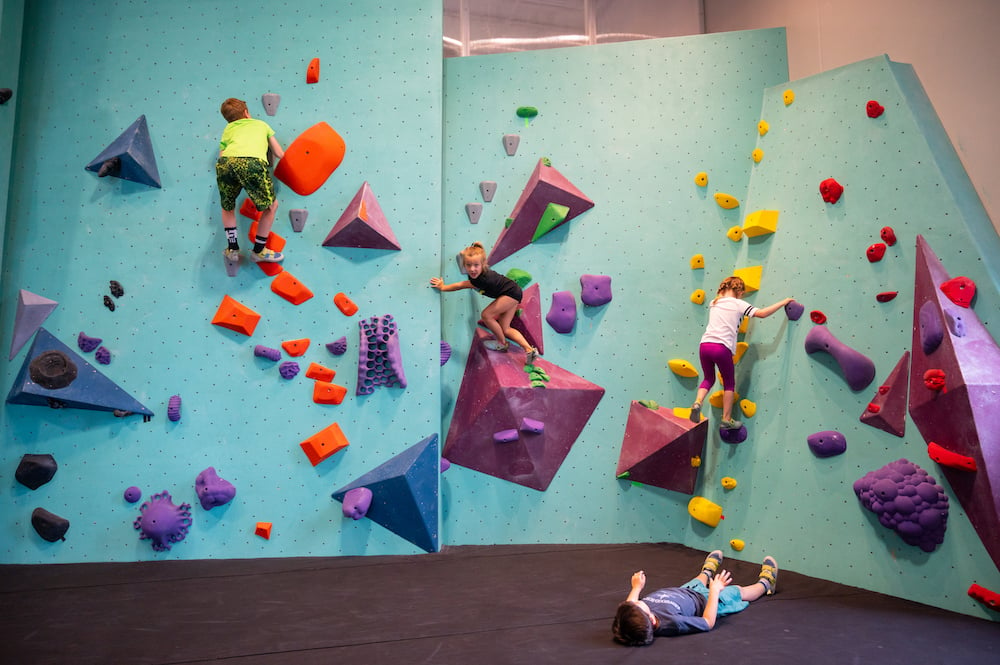On the western shore of Bde Maka Ska, one summer camp has it down to a science.
For 20 years, The Bakken Museum has hosted Camp Innovation for several weeks during the summer. The camp challenges children to come up with their own inventions and guides them through the process of bringing their ideas to life.
“My favorite part of the week is when a kid comes up with something and we have no idea about how we’re going to pull it off,” said Elaine Rock, youth programs coordinator at the Bakken Museum.
It happens almost every camp, and the end result is usually pretty remarkable, she said.
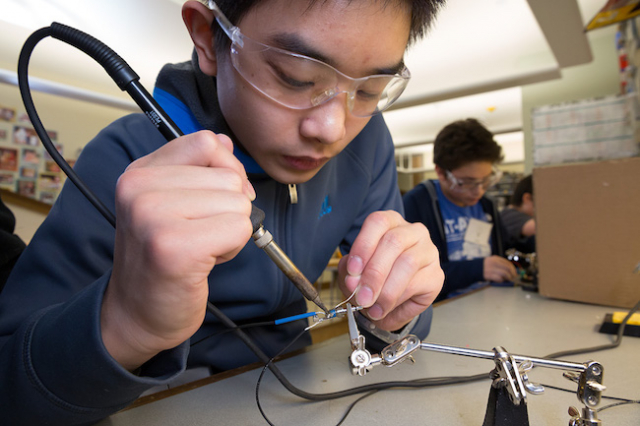
There’s always lots of boats, cars and robots, but multiple unique inventions are made every week. She’s seen a girl make a light up chandelier for her walker. A boy build a pet-operated catapult that would allow his dog to launch its own tennis ball into the sky.
“I see new things every summer,” Rock said.
Summer camps at The Bakken Museum provide a fun, engaging experience for children with a passion for science and engineering entering grades 2–9.
Each day starts with challenge that seeks to get children to learn from failure and get creative while trying to accomplish tasks such as constructing a tall building that can withstand earthquakes. From there, kids spend most of their day working on their invention and getting it ready for show.
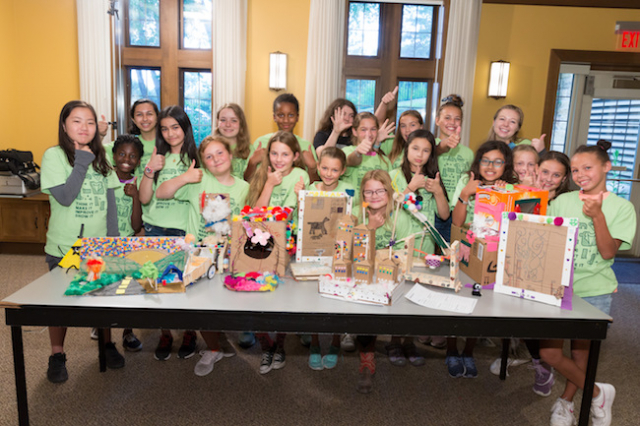
“It’s kind of a customizable program,” said Laura Whittet, director of marking and communications for The Bakken Museum.
Kids start working off template inventions, and once those are done they think of a problem and their own invention to try to solve it.
“The sense of agency you get from being able to build something on your own is great for kids,” Rock said.
The camps have kids focus on four areas when creating their inventions: think it, make it, improve it and show it.
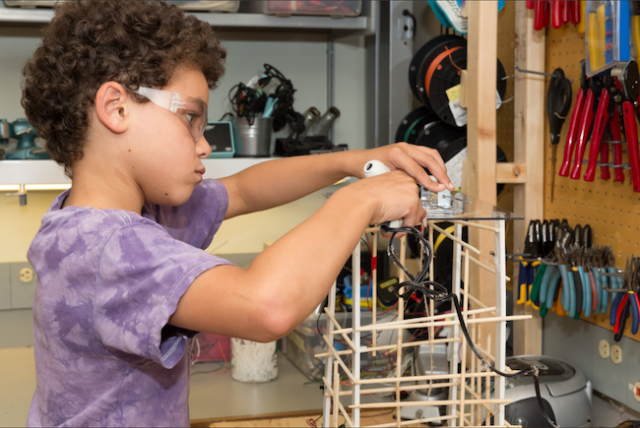
“The reason we emphasize showing it is because what good is inventing something if you can’t present it to the world,’ she said.
Rock knows the process from all sides. She first came to The Bakken as a child camper in the early 2000s with some friends. She liked it and came back the next summer as a camper.
In high school, Rock returned as a volunteer aide for the camp. Three years ago, she started working at The Bakken Museum full time, and she said she loves the camps as much as ever.
“The program has remained remarkably similar to what it was 15 years ago,” she said.
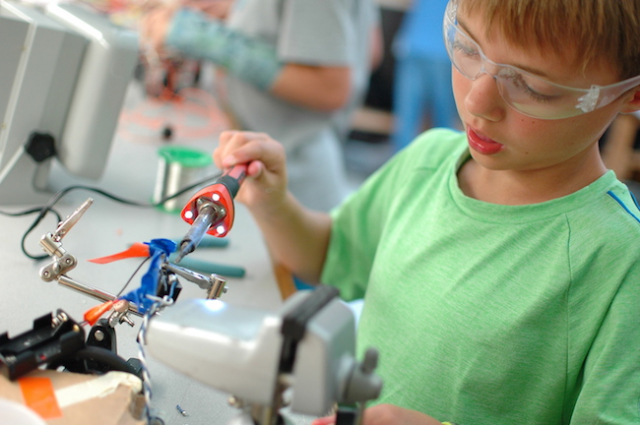
That stability and familiarity of the process from camp staff helps ensure each child has a fun, enriching experience every week.
With 18 sessions across three age brackets throughout the summer, it’s easy to find camps that work for every family. Camps are divided by age group. The Young Makers Camp is for kids in second and third grade and includes five sessions of weeklong camps that run 9 a.m.–noon daily.
There are nine sessions of Camp Innovation for kids in fourth through sixth grades, which Whittet said is their most in-demand age bracket. Four sessions are available for kids in seventh through ninth grade. Camps for older children run 9 a.m.–4 p.m.
Three weeks each summer are set aside as girls weeks, a move Whittet said helps create space for girls who are passionate about STEM, a field in which females are underrepresented and often overlooked.
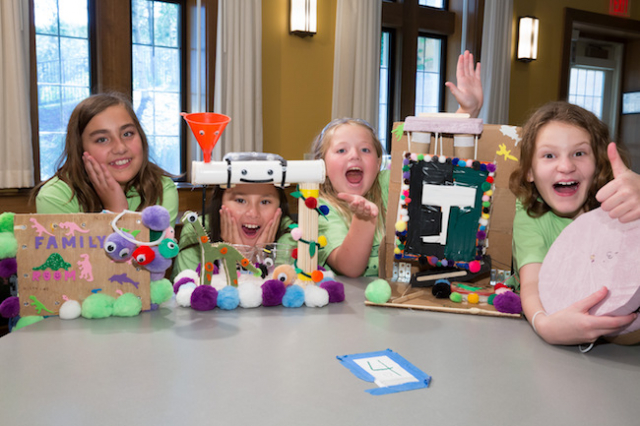
Rock said her favorite weeks at camp are the two girls weeks that include both older age brackets.
The fourth through ninth grade girls week is improved by the mentoring that occurs between the older and younger girls, Rock said. Many are repeat campers and help their younger colleagues with projects they’ve undertaken in years past.
The camps are staffed by Bakken Museum Educators and a crew of volunteers, including the Southwest High School Rubies Robotics Team, a crew of all girls who compete in STEM competitions.
“It’s cool for kids to get instruction from people who do this in their daily lives,” Whittet said.
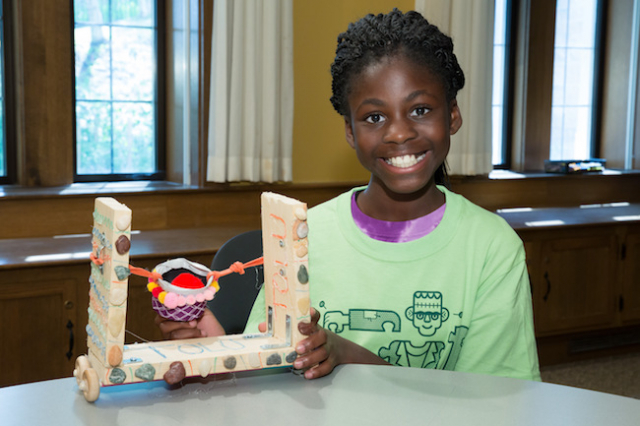
Learn more about the summer programs and events at the Bakken Museum on their website.





